Everything You Need To Know About Growing Cannabis In Soil
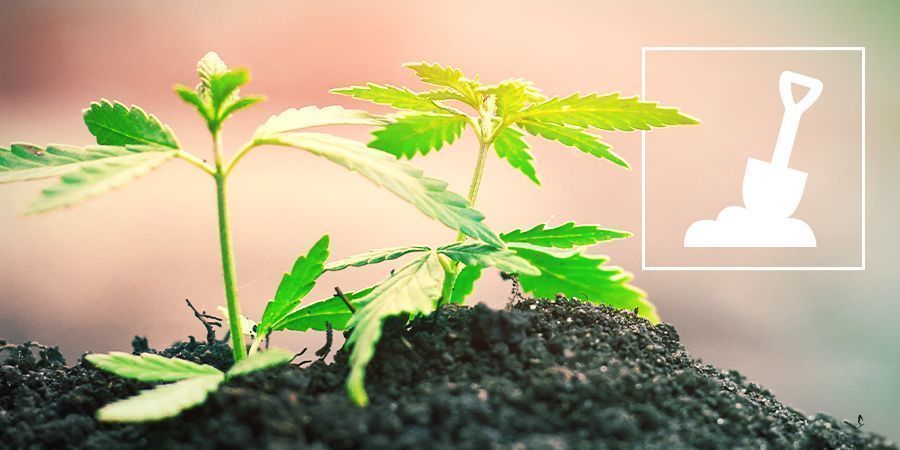
While it may initially seem tricky, we assure you, finding the right soil for growing cannabis needn’t be stressful. We delve into everything you need to know about the ideal soil for weed, other types of soil, and possible additives and amendments.
When cultivating cannabis at home, whether indoors or outdoors, it pays to provide your plants with the ideal environment. While most cannabis cultivars are pretty hardy and resilient, your choice of soil can make all the difference between a successful home growing project and an ailing one. Achieving the right soil composition with the ideal pH level and nutrient content is sure to render you fabulous results come harvest time.
So, where do you begin when it comes to finding or creating a suitable substrate? Have no fear; we're here to teach you everything you need to know about cannabis soil. Whether you're an absolute beginner or just looking to get the best out of your plants, this article is for you.
The optimal soil: loamy
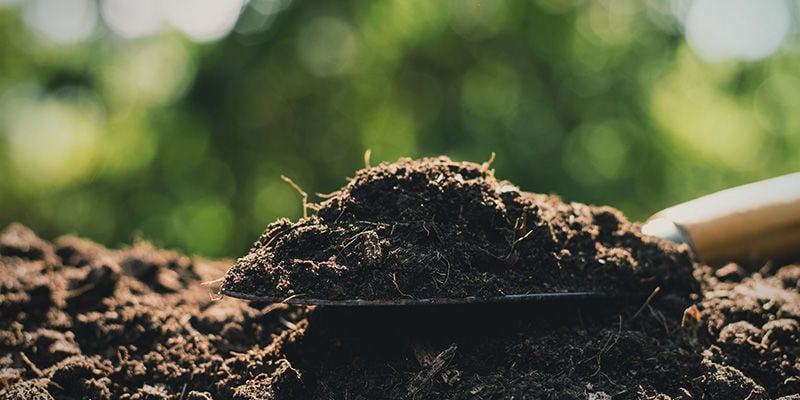
While there is no definitive type of soil for weed, soil with a loamy consistency tends to be highly favoured. But what is it, and what makes it so special? Loamy soil is essentially a mix of sand and silt with a bit of clay. The resulting substrate features great water and nutrient retention while maintaining adequate drainage and aeration. In other words, loamy soil offers up the perfect balance of filtration and retention, so plants can uptake everything they need without getting waterlogged and falling victim to issues such as root rot. It's all down to fine-tuning; a loamy soil mix consists of 40% sand and 40% silt, topped off with 20% clay.
While we’ve touched upon some of the possible benefits of using loamy soil, here are some other advantages:
- Offers sufficient drainage and aeration
- Able to absorb and retain water and nutrients
- Quicker to warm up in spring months compared to other types of soil
- Is drought-resistant, as it retains water for longer
Other types of soil
Like with most things in life, there's no “one-size-fits-all” approach to cannabis soil, and factors such as environment and budget, among others, will undoubtedly play a role in your decision-making.
Here we provide a breakdown of some other types of soil. While we don't recommend using them on their own, some of them make great soil amendments when added in the appropriate amount.
Clay soil

Clay soil is a rugged and lumpy substrate that is hard when dry but sticky when wet. This can make it potentially inappropriate for growing cannabis plants—especially in large volumes—as clay soil retains too much water and offers very little in the way of drainage and aeration. However, drainage can be improved by mixing it with other types of soil, like in our loamy soil “recipe" above. But clay soil is not considered an adequate cannabis substrate on its own.
Sandy soil

Sandy soil has a gritty texture that allows for plenty of drainage. While this is seen as a major plus, it can also cause the soil to dry out too quickly, and nutrients to leach from the soil. Like clay, it’s not uncommon to see sandy soil as part of a blend—though some growers use a predominantly sandy soil for special cannabis growing operations. For beginners, we wouldn’t recommend this.
Silty soil

This kind of soil is extremely rich in naturally occurring nutrients, making it an ideal soil ingredient for cannabis growers. Silty soil has plenty of applications, and can be compacted without effort. It feels a bit soft to the touch, and the texture has even been described as “soapy”. Although many utilise silty soil to grow trees, it has a place amongst cannabis cultivators as well.
Peaty soil

Peaty soil is darker in appearance compared to the others we've mentioned, and has a springy and spongy texture. With a much higher acid level, peaty soil isn't rich in nutrients but is dense enough to warm faster in the spring months. Moreover, it tends to retain a lot of water. For these reasons, peaty soil is often combined with other ingredients to make the substrate more habitable for your plants.
Chalky soil

Being alkaline, chalky soil is stonier than other soils and has a much thicker grain. It is often found in areas where limestone or chalk are present, hence its name. But given its high alkalinity, chalky soil can cause problems with nutrient uptake and stunt growth, and thus is not recommended as a standalone substrate. That's not to say it doesn't have its uses; chalky soil is often favoured for its excellent drainage capacity.
Store-bought vs homemade cannabis soil
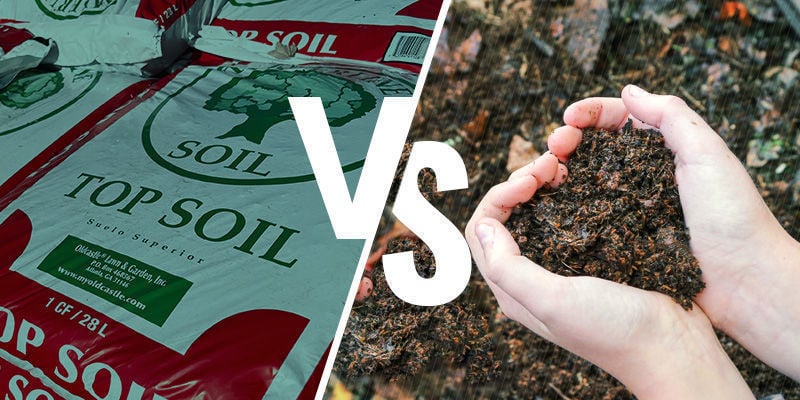
So, what's best when it comes to picking soil for your home growing project? While the option to purchase soil from garden centres is there, many produce their own substrates from home. With both options providing plenty of advantages and disadvantages, it could be that cultivation experience has the largest role to play in choosing one over the other.
Store-bought soil
Easily accessible and with plenty of choices available, store-bought soil is the number-one choice for beginners. It's never been easier to find a soil mix that provides the perfect environment for your plants to flourish. Depending on where you live, you may even be able to pick up cannabis-specific soil—whether bought in a physical store or online.
With everything you need in one container/bag, there's no need to mix or fine-tune the different ingredients and amendments yourself. Plus, it's easy to store, which is ideal for those short on space. Just pick up a small bag, and you're good to go.
Homemade soil
While novice growers can create their own soil, it's mainly the experienced that take on this challenge. We've mentioned that various amounts of clay, sand, and silt are responsible for creating the loamy soil needed to grow high-quality cannabis. While this is available to purchase in shops, some growers like to fine-tune their substrate further by adding additional sources of nutrition, or additives to improve aeration and drainage such as vermiculite or perlite.
You certainly don't have to look far online to discover the hotly debated topic of what cannabis soil should contain, and in what ratios. But if you're looking for an introduction to the technique, consider our tried and tested cannabis soil recipe.
What to consider when choosing soil to grow weed

Now it’s time to apply everything we've learned—what should you be on the lookout for when purchasing or making your own soil?
Regardless of the exact media you use, cannabis performs best in light and loose soil with a good balance between water drainage and retention. It is worth noting that not all cannabis plants require the same type of soil. Some specimens perform better in denser soils, such as those with higher concentrations of clay. Your climate and environment will also play a role, so be sure to do your due diligence before purchasing your soil and cannabis seeds.
Another area to consider is pH level. Cannabis plants grown in soil react well to a pH level of about 6.0 (6.0–7.0 is the acceptable range). This is seen as the “sweet spot”, and will allow your plants to perform to the best of their ability. Just be sure to test the pH before transplanting and when administering water and nutrients, and you can't go wrong.
Your soil will also need to contain the right levels of nitrogen, phosphorus, and potassium (aka macronutrients) alongside a variety of micronutrients. Whether included in the soil outright or added through the use of organic or synthetic fertilisers, make sure your substrate is capable of providing your plants with adequate nutrition. Note that some strains of cannabis, such as many autoflowers, don't need much in the way of nutrients for a successful yield. So be wary of adding too much.
How to improve the quality of your soil
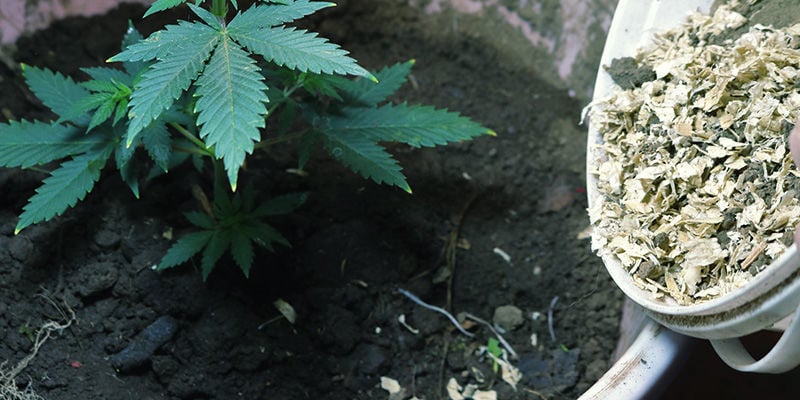
Most store-bought soil won't require any further changes or additives, but if you feel your substrate is lacking, there are some steps you can take to remedy the situation. It's worth recognising that this might be a task for the more advanced grower, as getting the right soil composition and balance of nutrients is paramount to a thriving plant.
Coco coir
Harnessing the exterior parts of a coconut, coco coir is ideal for adding to soil that needs a little help with water retention. Simply take a scoop of coco coir and blend it with your soil mix. The result is a more moist environment for your plants, without being waterlogged.
Perlite
These lightweight white rocks of volcanic glass are used to improve soil aeration and drainage while also improving water retention. Perfect for denser substrates, a little perlite will go a long way, trust us.
Clay pebbles
Similar to perlite, clay pebbles can be added to soil to increase drainage and aeration. Many add them to the bottom of a plant pot or raised beds, as these are hotspots for root rot and other debilitating ailments.
Vermiculite
This heat-treated mineral is favoured by those looking to make their soil a little lighter. Perfect for growers with an abundance of clay soil, vermiculite will increase drainage and aeration significantly. Many combine vermiculite with perlite to really make the most of the soil.
Worm castings
Naturally produced by earthworms, worm castings are essentially their leavings, which can be utilised in many ways to improve the quality of the soil. Containing a multitude of microorganisms, worm castings can aid plant growth and vastly improve soil texture, water retention, and drainage. Go ahead, add some!
The solution to your soil situation
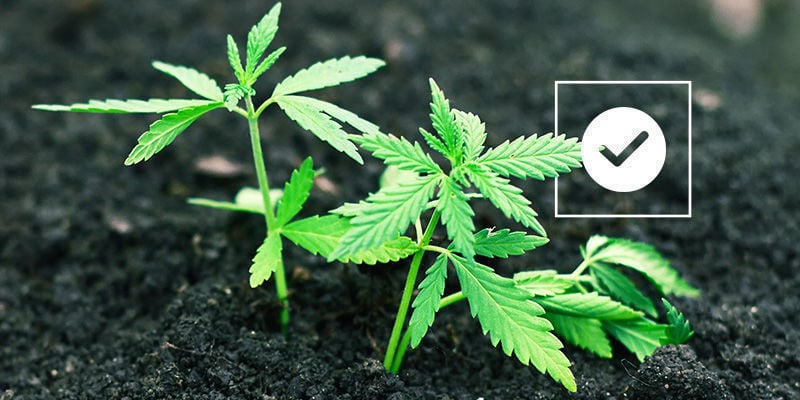
As you can see, there's no definitive or straightforward answer when it comes to buying or mixing soil for your cannabis plants. There are many aspects to consider, and you may find it initially to take a bit of trial and error. But once you've cracked the code, there will be no stopping you. Just be sure to consider each individual strain and the environment in which you cultivate, and you'll be handsomely rewarded with an abundance of buds, and the satisfaction of knowing you did it all yourself.














 United States
United States










